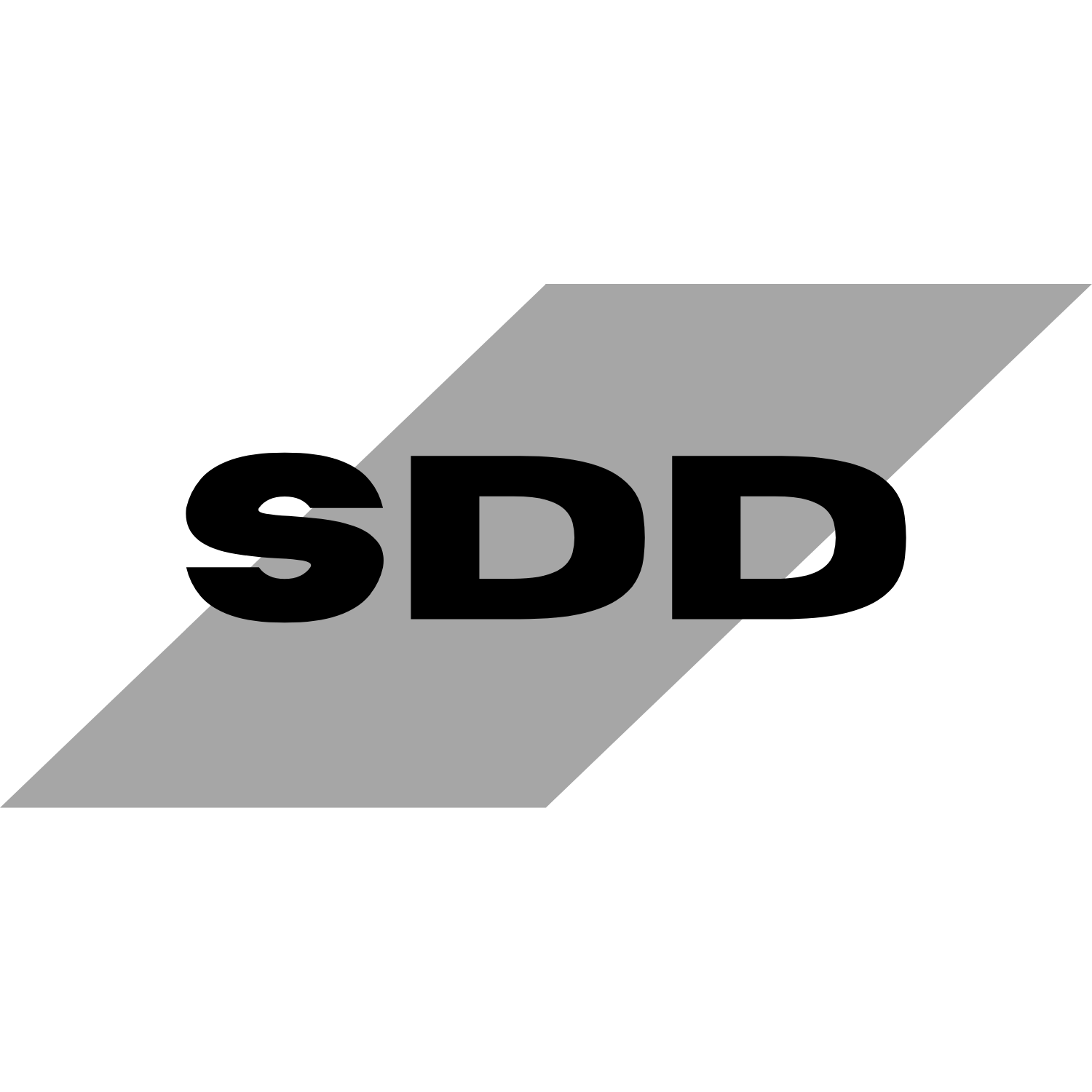Strategic planning is the combined action of documenting and establishing the direction of a business. The complete exercise takes a look at the current state of an organization, where it will be heading, and the actions required to make that happen. An effective strategic plan also provides methods of gauging how to know whether it’s a success. In essence, strategic planning acts as a constant reminder of what a company does, why they do it, who they serve, and how to stay focused in order to have a successful future.
One of the essential elements of strategic planning is that it’s a disciplined, ongoing effort designed to ensure everyone is on the same page regarding priorities, operations, and shared goals. It establishes an agreement around intended outcomes/results, and it serves as a method of assessing and adjusting an organization’s response to a changing world.
Writing a strategic plan is the most successful way to begin the process. This is a document where you record essential milestones and core beliefs, such as your company’s mission statement, vision for the company, and its values. It also serves to communicate within an organization about company goals and the actions needed to achieve them. Other items that go into a strategic plan document include short-and long-term goals and how you plan to reach them. The document also serves as a reference playbook when you or your employees need to respond to opportunities and challenges.
There are several components to a plan, all working together to achieve a common goal. There are resources available for small businesses that need guidance on how to begin and maintain strategic planning. The Association for Strategic Planning (ASP) is a non-profit organization that focuses on helping companies learn best practices for strategic planning and management. They can help organize the five steps to a strategic planning cycle, including determining your current position, prioritizing your objectives, developing a strategic plan, executing and managing the program, and reviewing and revising, if necessary. A strategic document is a dynamic, changing resource of your company’s tool kit.
Once a plan is executed, it must be managed to work correctly. This is done through activities that align resources and actions with a company’s primary mission, vision, and strategy, as outlined in the plan. The activities turn a static thought into a measurable action that can be evaluated and examined, enabling the program to evolve or change as circumstances dictate.

